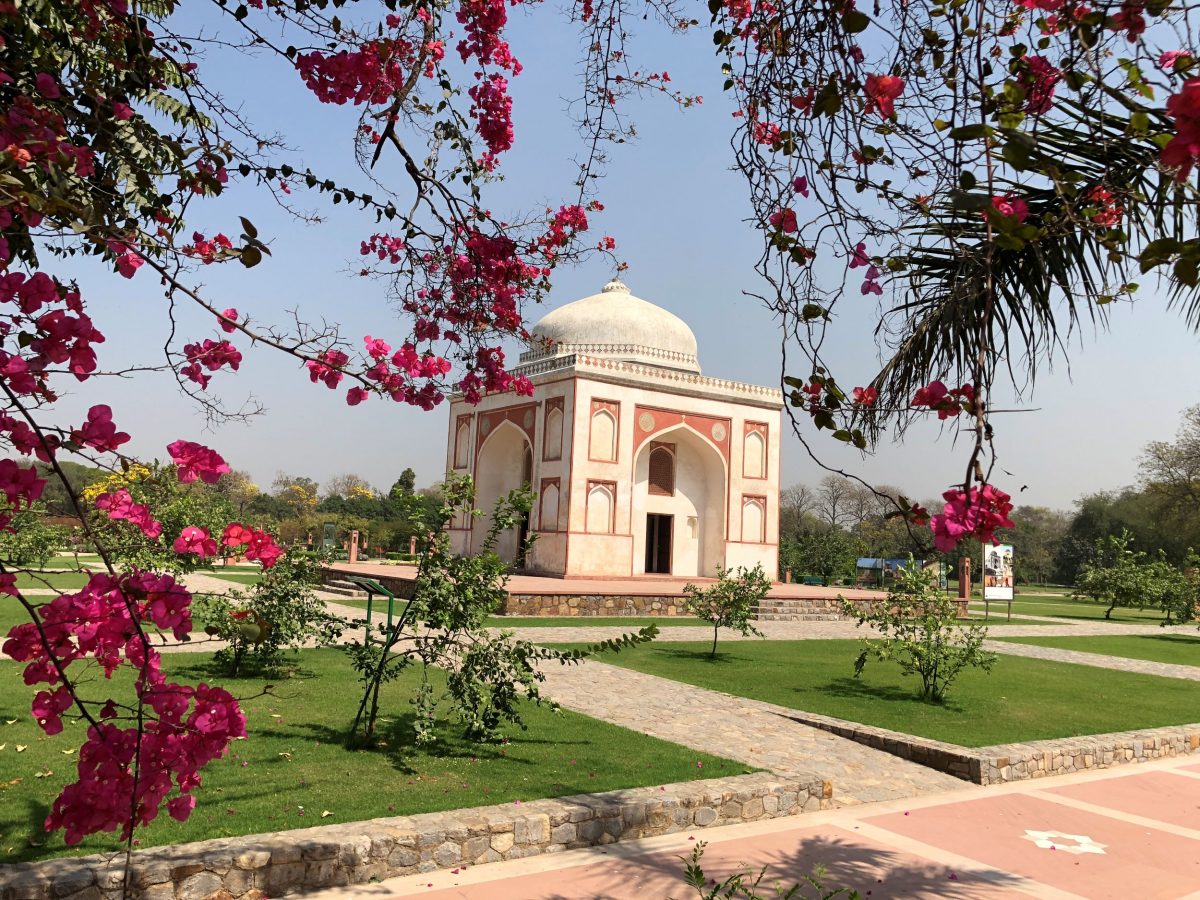Sunder Nursery, an iconic cultural space nestled in the heart of Delhi, has surged in popularity, drawing over a million visitors in 2023 alone.
Built by the Mughals in the 16th century as Azim Bagh and later utilised by the British to cultivate exotic plants, Sunder Nursery remained dilapidated for many years. The redevelopment project by the Aga Khan Trust of Culture began in 2008. For over a decade, the team worked towards preserving its heritage, ecological assets, and cultural landscape, finally inaugurating the 90-acre complex for the public in February, 2018.
Reflecting on the haven that Sunder Nursery offers amid Delhi’s concrete jungle, Patricia Alexander, a frequent visitor, said, “Coming here is definitely a soothing and comforting experience. I believe we need more places like this.
“We all live in a concrete jungle, and it’s very rare to come across a serene place like this. So, definitely, it’s a go-to place when you seek some calmness, connection with nature, or a sense of openness. Because when you step out of your house, all you see are cars, traffic, and concrete buildings everywhere. Coming here is definitely a soothing and comforting experience,” said Alexander.
“I believe we need more places like this, if any are left to be rebuilt and recreated the way this one has been,” he said.
The nursery has become a go-to spot for families seeking respite from urban chaos. A couple visiting with their children highlighted the need for more green spaces in Delhi, enabling people to disconnect from the digital world and relish nature’s tranquillity.
“We have been coming to Sunder Nursery for more than five years now. With our two small kids, we visit more frequently than before. We used to come here less often. Delhi should have more spots like Sunder Nursery — fewer buildings and more open, green spaces so that people can enjoy the weather and greenery of Delhi. They can step away from social media and television,” they said.
Ritish Nanda, CEO of the Aga Khan Trust of Culture (AKTC), lauded the unexpected footfall and said, “Initially, our projections estimated about 250 thousand visitors in 2023, so having four times that and maintaining growth is remarkable”.
Historian Sohail Hashmi reminisced about the transformation, saying, “It was simply a park without tickets or formalities. Now, it’s a mandatory winter checklist for many.
“When New Delhi was being planned, broad avenues were envisioned after 1912. It was decided to line these avenues with large trees to shield pedestrians from the harsh sun and create a greener, more welcoming look. This location, abundant at that time, was chosen to build the government nursery,” said Hashmi.
“Sunder Nursery adds an intriguing element to Delhi. It’s a relatively recent addition to Delhi’s landscape. Earlier, it wasn’t accessible to people. I recall coming here 7-8 years ago with my mother. We used to buy plants and leaves, oblivious to the treasure sitting behind us. We didn’t even know such a large place existed in our neighbourhood. Despite being a history enthusiast, I couldn’t locate a place as extensive as this,” said another visitor, Ashraf Khan.
The Sunder Nursery boasts 300 tree species and houses 20 monuments, six of which are world heritage sites. Nanda highlighted its diverse offerings, catering to ecology, heritage, and cultural activities harmoniously.
The space’s inclusivity remains a focal point, as Nanda noted.
“It’s interesting that people in extremely fancy cars come here for picnics, just as those in e-rickshaws do. About 74-75% of our visitors arrive by public transport.
“There are spaces for cultural performances, bazaars, family groups, and areas for those interested in birds, bees, and butterflies. So, ecology, living nursery, and active heritage all co-exist harmoniously,” added Nanda.
Tona Verma, another visitor, stressed the importance of vast open spaces in Delhi, stating, “We rarely have such vast spaces here, and Delhi needs more spaces like this where we can have picnics and more.”
Local visitors underscored the growing significance of green spaces in Delhi amid rising pollution levels.
Another visitor, Farukh Mohammad Khan emphasised the park’s cleanliness and fresh air compared to other city parks.
“We get soothing air and fresh oxygen here. Due to the rising air pollution crisis in Delhi, I consider visiting such places essential. Sunder Nursery is well-maintained and hygienic compared to other parks and open spaces in Delhi,” added Khan.
Anu Saxena, a visitor highlighted the historical richness and exploration value Sunder Nursery offers, proving its transformation into a beloved public destination.
“Kids also want to explore places like Sunder Nursery. Additionally, there’s a lot of history attached to this place,” she added.
The continuous influx of visitors signifies not just a recreational space but a cultural and environmental nucleus, beckoning individuals from varied backgrounds to revel in nature’s embrace while cherishing Delhi’s historical legacy.
(This story was first published on Newslaundry on December 18,2023)





